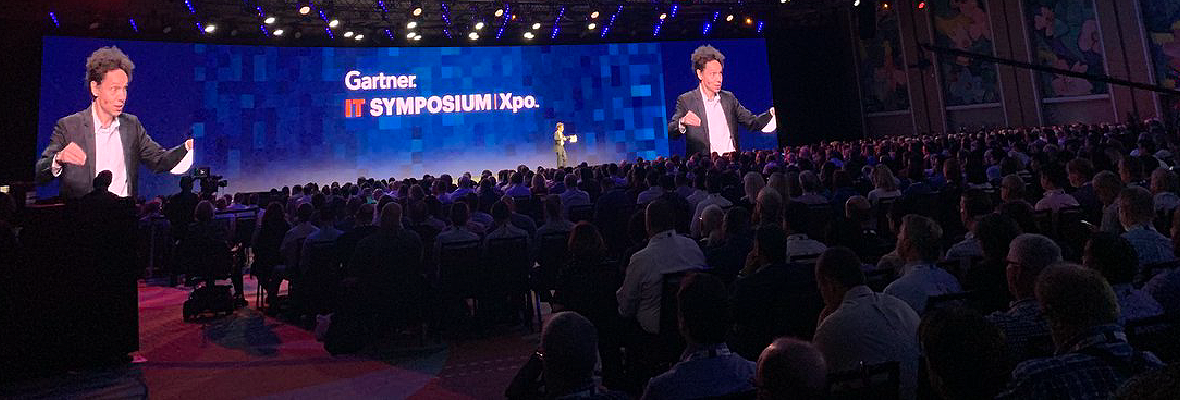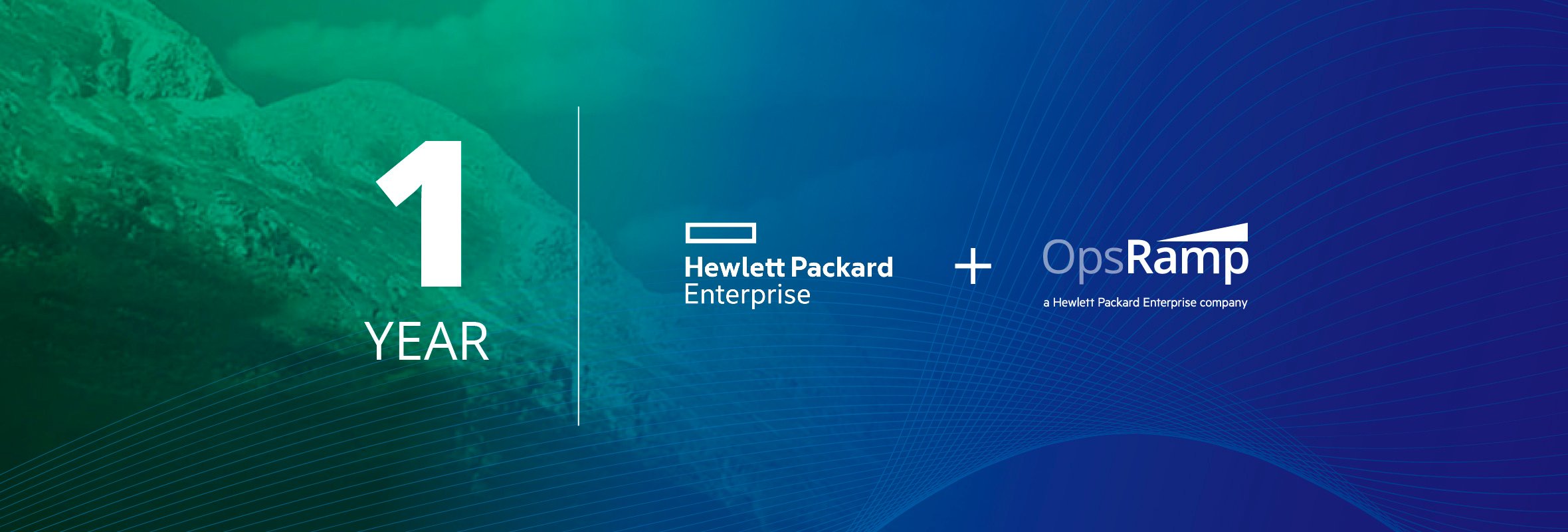I’ve been a Malcolm Gladwell fanboy since I read The Tipping Point, and not just because we both went to the University of Toronto. I love his ability to connect through storytelling. This skill was on full display at Gartner Symposium 2019 in Orlando.
The focus of the keynote speech was innovation--a wise choice for a group of global CIOs. He set the stage by talking about his new book and the audiobook for it. In 2019, his audiobooks now outsell his physical books by 2-1. Audiobooks took off in 1995 and since then authors and publishers didn’t do much to improve the product. Now in 2019, he talked about the different experiences that an audiobook can deliver: from multimedia, direct recordings of interviews, and so on. These are fundamentally different products, but it took 20 years to recognize the differences of this new idea.
This sets up the puzzle of innovation lags: What are the impediments to innovation and how can an audience of senior IT leaders open their imaginations to reduce the invention to adoption cycle, and ensure they’re not holding back progress in their organizations?
This was a seminal topic for a conference focused on accelerating digital transformation, and Gladwell had the audience hanging on every word.
He talks about the highlights from his keynote here, which addressed the three key lags to innovation:
#1 - Learning problem
Hierarchy is a good example of a construct that makes less and less sense to the modern information worker. Traditional organizations have a strong leader with closed, disciplined and centralized cultures. New movements are open, flexible, and decentralized, with no leader. Think Civil Rights in the ‘60s compared to Black Lives Matter today. We’ve gone from hierarchy to networks, Encyclopedia Britannica to Wikipedia. New learning frameworks are necessary to support rapid innovation.
Networked, not hierarchy, learning and movements (like #MeToo and #BlackLivesMatter )
— sandy carter (@sandy_carter) October 23, 2019
Including dating!
Very insightful from @Gladwell #GartnerSYM pic.twitter.com/uhT75rk8H8
#2 - Generational lag
New ideas in the wrong time and place will struggle to take off. It wasn’t just the Internet that allowed Airbnb to work. There had to be a network model in place to facilitate hundreds of thousands of homeowners willing to create and share in the profits. The same goes for the telephone and the ATM when they were first introduced. Innovation has to sync with the ethos of the time. He talked about the threat of the VCR in 1982 and how it ultimately led us to the so-called “golden age of television.”
Hollywood "went through 7 stages of grief" with the advent of the VCR. "New ideas take a long time to take hold because they need a home. A strategic home. Sometimes they take time to find and build.... The issue is not the technology." @Gladwell #GartnerSYM pic.twitter.com/xKfxNofGlq
— Thomas Phelps IV (@ThomasPhelpsIV) October 23, 2019
#3 - Strategic home
Barbed wire and machine guns were immediately adopted in World War I. But in an era where the calvary loved their horses, the tank took much longer. This one reminded me of teams clinging to their legacy tools and not recognizing something completely new is the need of the hour in highly dynamic, distributed, and hybrid digital infrastructure. Having a strategic home means that the right idea at the right time also lines up with the requisite resources, such as skills, and/or incentives for change, to make it happen.
I like the @Gladwell story of the calvary loving their horses so wouldn’t embrace the tank. Reminds me of silo’d monitoring tools and tech vs an enterprise #ITOM platform. #GartnerSYM #ControltheChaos
— Darren Cunningham (@dcunni) October 23, 2019
As always, Malcolm Gladwell made everyone in attendance take a few moments to reflect on their situation through a series of relatable stories. How can you recognize the potential impediments to innovation and progress in your organization and the world around you? Often what we need is a new outside perspective.
How do you speed up innovation? Most ideas start in the wrong place, it takes an outsider to realize the potential. #GartnerSYM @Gladwell pic.twitter.com/Q5PEWU9Rgw
— Gartner IT Symposium/Xpo™ (@Gartner_SYM) October 23, 2019
Thanks for a great session, Mr. Gladwell. I look forward to reading your new book and seeing you speak again.
My first time hearing @Gladwell. Amazed on his view and simplicity of his speech explaining world behavior around innovation and execution #GartnerSYM https://t.co/makGRjFxB6
— Gabriel Uribe (@guribega) October 23, 2019
Next Steps:
- Read the Digital Enterprise Journal report: The Roadmap to Becoming a Top-Performing Organization in Managing IT Operations.
- Join OpsRamp for our latest webinar on the future of modern IT operations!
- Schedule a custom demonstration of the OpsRamp platform.






